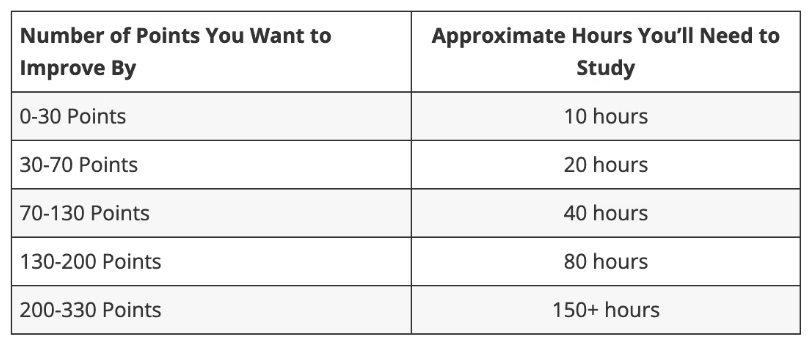For most American high school students, the school year is in full swing, which means big changes for upperclassmen students (11th and 12th graders). These might involve doubling down on extracurricular activities, AP and dual enrollment classes, researching colleges, narrowing down lists, and scariest of all...standardized testing.
As an SAT tutor here at Schoolhouse and in my community, I’ve developed and helped others develop a few strategies to reach their SAT goals.
Setting Yourself Up for Success
2-3 Months Before the Exam: Create a Khan Academy account and connect it to your College Board account
Khan Academy is a free, accessible resource for SAT prep. They partner directly with College Board, which means you can connect your accounts so that your practice is based on your previous test scores on the SAT and PSAT.
You can also find an SAT prep book at a local bookstore or library, if that method works best for you!
Take a Practice Test, Create a Study Plan
Once your accounts are set up and connected—or once you’ve found your prep book—take a practice test to establish a baseline score, even if you’ve already taken the SAT. With time away from the exam, your testing abilities and knowledge base may have changed, so a relevant practice test may be more accurate than an old SAT Score.
On Khan Academy, the test is graded automatically and establishes your skill levels on the various topics of the SAT. If you’re using a book, grade your test and take note of the questions you frequently missed.
Once that’s done, pick 2-4 days a week to study, depending on your goals.
Spend no more than four hours each day studying, and let yourself take plenty of breaks when you do.
Early Bird Studying
If you are proactive in your preparation for the SAT and prepared to put in the necessary amount of work, the Early Bird approach might be for you!
1 Week after Taking a Practice Test: Start Studying
Once you’ve solidified your study plan, start studying the suggested areas on Khan Academy or weakest areas based on your performance on your practice test. Stick to your study schedule and stay consistent to start making improvements.
3-4 Weeks into studying: Take Another Practice Test
Now that you’ve built a habit of studying, take another practice test to see your performance. Ideally, you want to see score increases, but statistically, things may shift over time. This second practice test should tell you if what you’ve done so far is working and whether or not you need to change. It may also show you areas you may need to only mildly refresh as opposed to areas you're struggling the most in.
1 Week after Practice Test #2: Targeted Studying
Use the results of the second practice test to target your studying and alter your plan. Spend some days doing deep dives on your weak areas and and addressing any conceptual misunderstandings. Spend others doing a quick review of your strong areas to keep your skills sharp.
2-3 Weeks into Targeted Studying: Take One More Practice Test
A few weeks before test day, take one more practice test to know where you stand. Based on these results, lightly review concepts you missed. At this point, the grind is over. You should remain consistent with your study schedule but you may shorten your intervals and take more time to relax. Being in the right state of mind for the exam is just as important as being prepared academically on test day.
A One Month Guide for Procrastinators
Ideally, you would prepare well in advance for this exam to maximize your chances for success. With that being said, life happens and your prep time might have to be cut short. If you only have a few weeks to prep for the SAT, here’s a condensed version of the Early Bird Method.
Week 1: Practice Test
Determine your baseline score and the areas that need improvement. Spend the rest of this week familiarizing yourself with your weak areas.
Week 2: Targeted Studying (Reading)
Focus on the Reading portion of the exam this week, spending the most time on your weakest areas while also spending some time quickly reviewing your strong areas. You can also being reading for pleasure to get accustomed to it.
Week 3: Targeted Studying (Math)
The key to improving in math is consistency. Do 10-20 problems in 3 of your weakest areas every day. Choose different areas to get the most diverse review possible.
Week 4: Take Another Practice Test
Determine how much you’ve improved the last few weeks and spend the rest of this week doing some last-minute studying. A few days before your exam, however, start relaxing to put yourself in the right headspace for the exam.
This guide is by no means comprehensive, and self-studying certainly isn’t the only way to prepare. Check if your school or local library has study groups, make your own group with friends, or find a paid service. You can also join the SAT subworld here on Schoolhouse for free, accessible assistance. Happy studying! Good luck!
Thank you Sharon V for editing this article!
